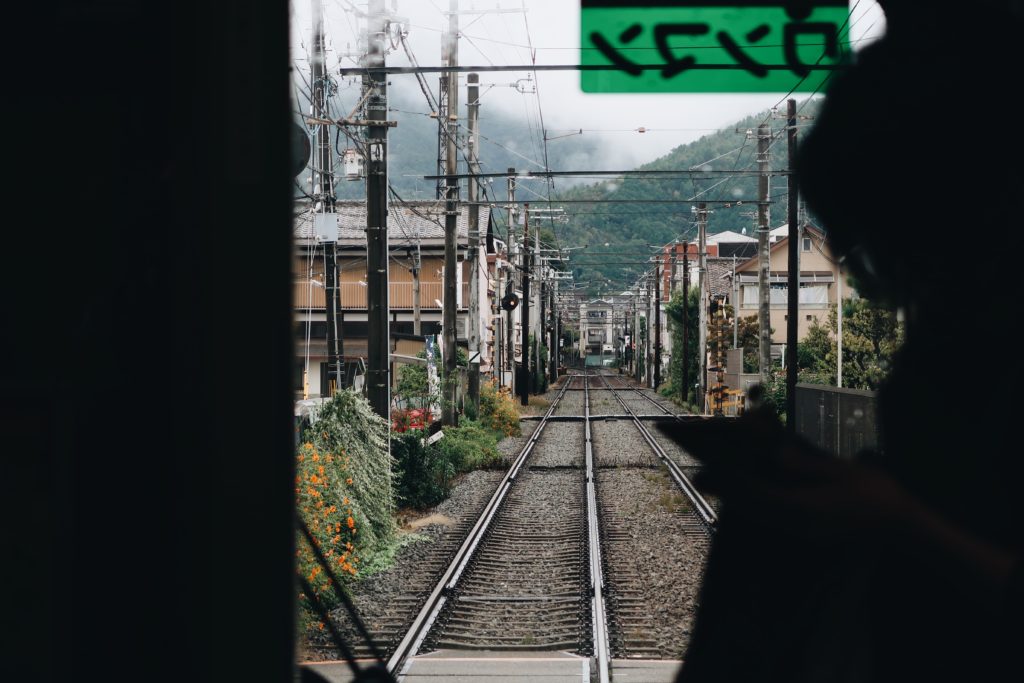Mindfulness Travel is the New Way to Refresh Our Health

What are your reasons to travel alone? For Japanese solo travelers, the reasons to travel alone are numerous and varying among individuals. Some of the main reasons include; they want to enjoy their time away from everyday life; this is a way to reward themselves; individuals want to travel at their favorite time without the inconvenience of someone else’s schedule. The adventurous travelers feel this the time/moment to do things they haven’t experienced before in their lives. In addition, by staying and interacting with the local indigenous people while traveling, the experience becomes authentic, educational, and rewarding. Today, it is not uncommon for women of all ages to travel alone, as the traditional family obligations are changing.
In Japan, many people travel alone and abroad, from students to the elderly, regardless of gender. In one of our past articles, we spoke about the Edo period, between 1603 to 1868, as a representative era of modern Japanese culture. It was then that the history of the Table For One was already in full bloom. However, the food culture was not the only thing that flourished during the Edo period. The origin of solo female travel was born too.

We wondered “How Did the Edo Period Women Enjoy their Me Time in their Travels?”. Then we found records, books, and personal diaries which show Japanese women had traveled alone in Japan during the Edo period. Those early women that traveled were nuns, priestesses or pilgrims who were able to travel for various religious reasons. However, the common citizen in the Edo period was prohibited to travel by the laws of each clan. To bypass this prohibition, there would have to be a reasonable purpose. One good reason for the common citizen to travel was the necessity to take the journey of faith to the Ise Jingu Shrine, called Okage Mairi. Every Japanese wanted to make this pilgrimage during their lifetime, and thus, there were concessions for this type of trip. Ise Jingu is a shrine that represents the country and is preserved by the imperial family, and it was thought that every citizen had the right to worship there. In addition, if you have a medical condition, it was common to get special permission to travel to an onsen. Hot springs were widely recognized as a medical treatment to heal illnesses and injuries.
Many people seriously believed in the rumors that okage mairi was the place to become happy and healthy, as there were stories of incurable diseases that were miraculously being cured. It was also commonly known that okage mairi was a place to help with mental and spiritual health which led to greater success in business. Thus, it naturally became a destination for sightseeing purposes as well. The number of worshipers come to visit Ise Jingu became numerous, as approximately 10% of the entire population of Japan visited there annually.
Of those women travelers in the past, the majority of them were in their late 30’s to 50’s. This is because they have already raised their children and have taken care of their familial duties. Conversely, it was not as easy for young women to travel due to these traditional familial obligations. Today, it is not uncommon for women of all ages to travel alone, as the traditional family obligations are changing.

A Woman Writing Poems & Traveling Alone in 1700s
Japanese poetess Tagami Kikusha (1753-1826) is a well-known Japanese solo traveler from the Edo period. Kikusha lost her husband at a young age and set out on her own travel journeys. While interacting with people from all over the country, Kikusha learned various of literary arts, such as haiku, a type of short-form poetry. Kikusha was born in what is now known as Shimonoseki City in the Yamaguchi prefecture. For most of her 74 years of life, she traveled from far points of Northern Japan, such as Oushu city in Iwate prefecture to the southernmost points, such as Kyushu. This was all accomplished, solely by foot, as she walked great distances. In the history of Japan, it is very rare for a woman to go travel alone for such a long stretch of time.
During her long journey, she occasionally lost her way and spent nights in the mountains. Often she was faced with bad weather and struggled immensely sometimes, facing life and death situations. However, Kikusha stated,
Even if I have the bad luck of being hit by a sudden rain, I still love traveling.
Japanese people say that traveling is a part of practicing deep mind-body training, commonly known as shugyo. As we read Kikusha’s words, those journeys in the past were extremely harsh and risked death which took a tremendous amount of mind-body training… The solo travel of women in the Edo period definitely was the starting point of the current Japanese women’s safe travel alone situation. There are many reasons to travel alone, but the thought act of getting to your ultimate destination, despite all obstacles, is a major motivating factor.
Research references: 1. Travel of Women in the Late Early Modern Period Observed in Travel Diaries: A Study on Its Positioning Relative to the“Popularization of Traveling” YAMAMOTO Shino, 2. Woman literary Kikusha Tagami references by Shimonoseki City Museum of History







 Instagram
Instagram